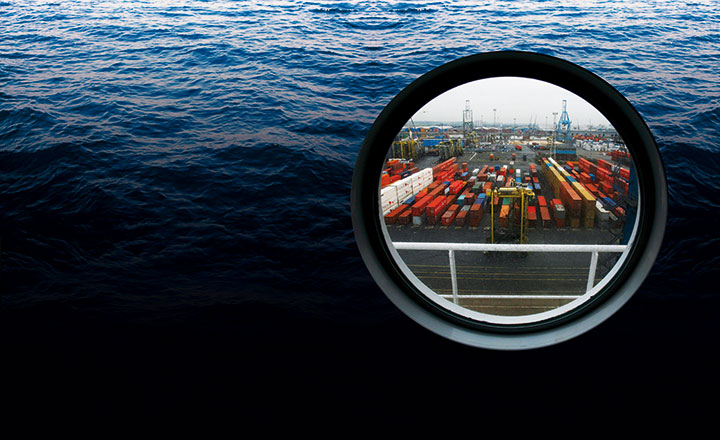This is the right time to come to India; it’s an even better time to come through the sea route.” That’s how prime minister Narendra Modi set the context for the government’s massive port modernisation programme Sagarmala, which aims to more than double port capacity to 3,000 million tonne by 2025. Looking to mobilise an investment of Rs.100,000 crore, Sagarmala encompasses more than 150 projects comprising port modernisation, six new ports, better port connectivity through rail corridors, inland waterways, freight-friendly expressways, and industrial clusters.
The grand plan is to optimise multi-modal transport to reduce the cost of domestic cargo, reduce the time and cost of logistics, lower the cost for bulk industries by locating them closer to the coast and improve export competitiveness of the manufacturing sector by locating clusters near ports. The government has, over the past two years, awarded 56 new port projects through an investment of more than Rs.25,000 crore to create an additional capacity of 317 million tonne per annum. In an environment where global trade is shrinking and capital is no longer easily available, the success of Sagarmala is still in question. “Missing the sea route is missing a pleasant journey” is how Modi had summed up his speech at the recent maritime expo in Mumbai. Only time will tell if investors and port operators were happy missing out on the trip.











